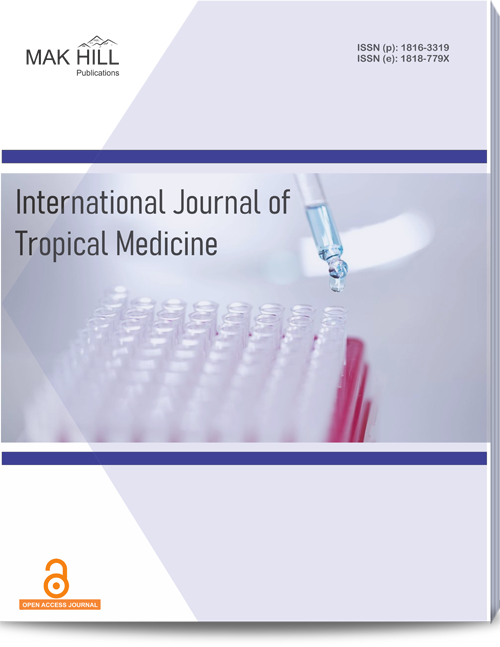
International Journal of Tropical Medicine
ISSN: Online 1818-779XISSN: Print 1816-3319
Abstract
This retrospective study evaluates the clinical and radiological outcomes of cemented bipolar hemiarthroplasty in octogenarian patients (aged 80‐89) with unstable intertrochanteric fractures and multiple medical comorbidities. Given the unique challenges posed by this demographic, including severe osteoporosis and impaired mobility, traditional internal fixation methods often result in high failure rates and extended recovery times, leading to serious systemic complications. A total of 92 patients were analyzed following surgery between January 2018 and July 2022, with a mean follow‐up of 22.6 months. The study highlights a combined 2‐year mortality rate of 29.3% and a first‐year mortality rate of 17.4%, underscoring the significant risks associated with this patient population. Functional outcomes were measured using the Harris Hip Score and the Modified Functional Ambulation Classification (MFAC), revealing that 85.2% of patients regained their preoperative ambulation levels within three months post‐surgery. Complications included one case of superficial infection and two instances of trochanteric nonunion, yet overall, the procedure demonstrated high rates of trochanteric union (97.7%). The findings suggest that cemented bipolar hemiarthroplasty is a viable primary treatment for octogenarians with unstable intertrochanteric fractures, promoting early ambulation and reducing the risks associated with fixation failure. The study advocates for this surgical approach as a means to facilitate quicker rehabilitation and mitigate complications inherent to traditional fixation methods in a frail elderly population.
How to cite this article:
Bhavya Sirohi, Pritish Singh and Bharat Jindal. Primary Hemiarthroplasty for Unstable Intertrochanteric Fractures in Octogenarian Patients with Multiple Medical Ailments.
DOI: https://doi.org/10.36478/10.36478/makijtm.2023.1.162.167
URL: https://www.makhillpublications.co/view-article/1816-3319/10.36478/makijtm.2023.1.162.167